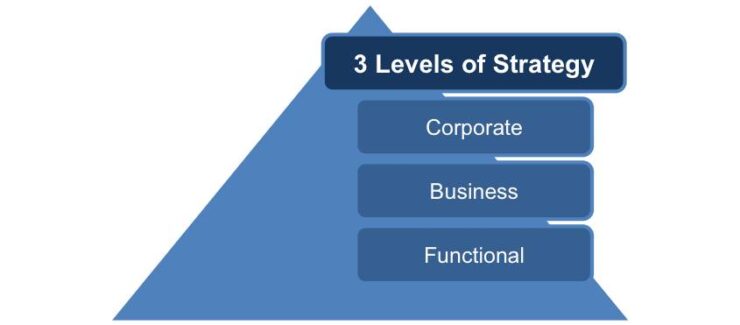Change is constant and inevitable in life and business. Savvy business leaders understand that if you’re not moving forward, you’re falling behind. Yet, as a general rule, we’re really bad at change. A study reported in the Harvard Business Review found that as many as 70% of business initiatives fail to meet their goals. With the millions that companies spend on initiatives, what a tragic waste of resources!
We could throw all kinds of blame around. Managers didn’t follow through, there was dissent in the ranks, etc. But the vast majority of initiatives are dead in the water before they even get implemented because planning is impractical and insufficient.
LI Tech Advisors, a computer consulting company in Long Island explores how to develop functional plans by learning functional leadership.
Also, see: 5 Tips to write a successful business proposal
1. Get Clear on Costs
It’s often hard to estimate costs. This can lead some leaders to generalize, make their best guess and estimate. But that’s not functional. You’ll end up with insufficient funds to bring your plans to fruition and have to cut corners to get the job done. Know the costs, develop a clear plan to track them and commit to your budget.
2. Share What You Expect to Achieve
Make sure all your managers and other leaders are on the same page about what you plan to achieve. Assign everyone responsibilities toward achieving those goals and track performance on both the organizational and individual levels.
3. Give Your Initiative Context
It does nothing for an organization to mandate a change without considering how that mandate will actually work in the real world down to the front-line employee. Evaluate the impact. Take inventory of resources. Determine how you’ll measure compliance with changes as well as the success of the initiative.
4. Evaluate Your Gaps
What are your capabilities? What new technologies, education, expertise or employees do you need to be successful? If you don’t already have these things, develop a plan to bridge those gaps.
5. Establish Clear Objectives
In business, a goal is typically the big picture of what you want to achieve. But you need to set smaller objectives that define your path to that goal. Not only do objectives help us determine how quickly we can achieve our goals; the ability to meet them within a given time frame helps us understand if we’re on the right path. Do we need to alter course or increase the allocated resources to meet expectations?
6. Invest Resources Wisely
As a business leader, you can waste a ton of money constantly trying to “oil squeaky wheels” in the organization. Before you start throwing your time or money at departments that scream the loudest, re-visit the big picture, evaluate how departments are using their existing resources and always keep your eye on funding initiatives that expand your capabilities, not those that silence the complainers a little while.
Consider how improving overall infrastructure and technology will impact productivity, reducing the need for additional resources in individual departments.
7. Write It Down
It doesn’t matter if you have five employees or 5000, your plan should be written, revised and evaluated by stakeholders to further refine your functional strategic plan.
8. Get Buy-In
Earn the buy-in of not only the leaders responsible for implementation but also the average employee. If people don’t believe in what they’re doing, any initiative is doomed to fail. Don’t take the “When they see it working, they’ll understand” approach because you’ll never get to that point. You earn buy-in through thorough, transparent communication about goals, objectives, impacts, and accomplishments.
Celebrate the small wins with employees, recognize the challenges they endure and keep them motivated to see this through.
9. Be Prepared to Adapt
Measure. Monitor. Track. Survey and talk to those impacted by a new initiative. Show that you’re listening. If an initiative is severely underperforming, cut your losses quickly. Don’t let pride or ego allow you to drag it out.
If objectives are missed by slim margins, re-calibrate your plan to push through the obstacles. Reevaluate your budget and resources to determine where you’re falling short. Do you have the right people and technology in place to achieve these goals?
Functional strategic planning is the key to successful initiatives.
Also, see: 4 Ways to get out of business debt




























